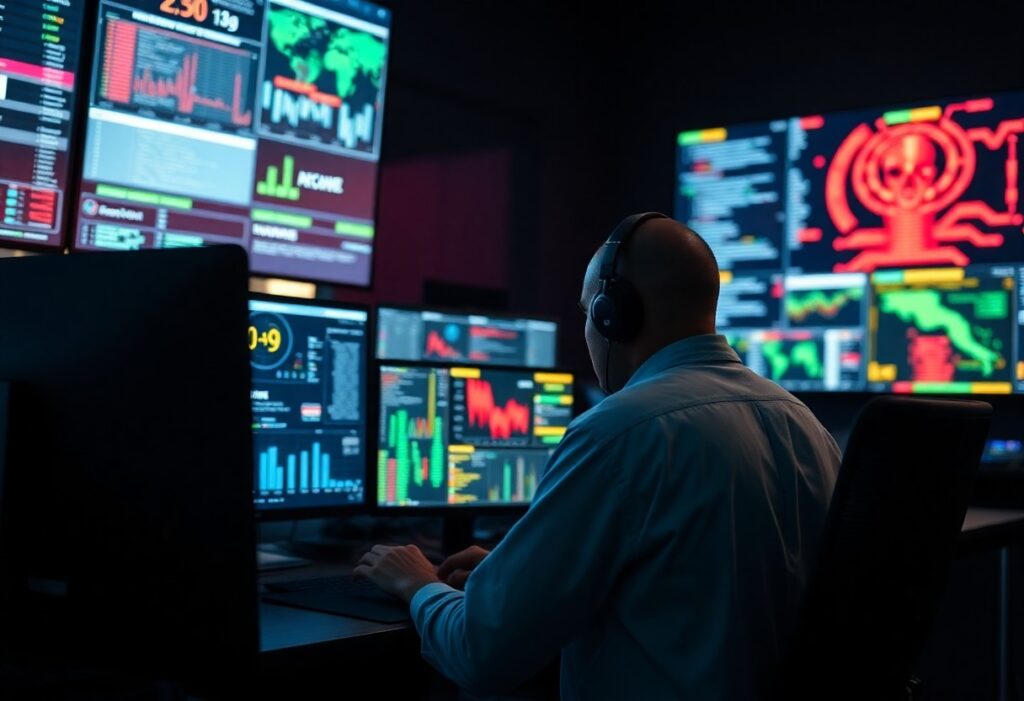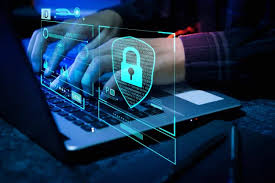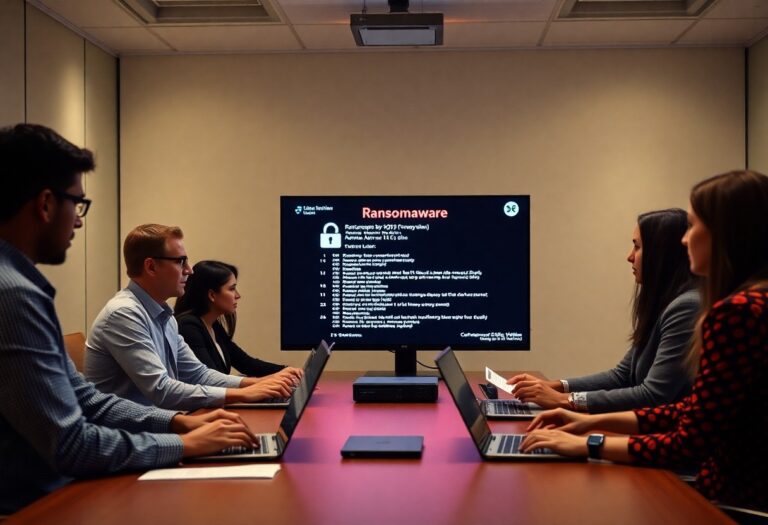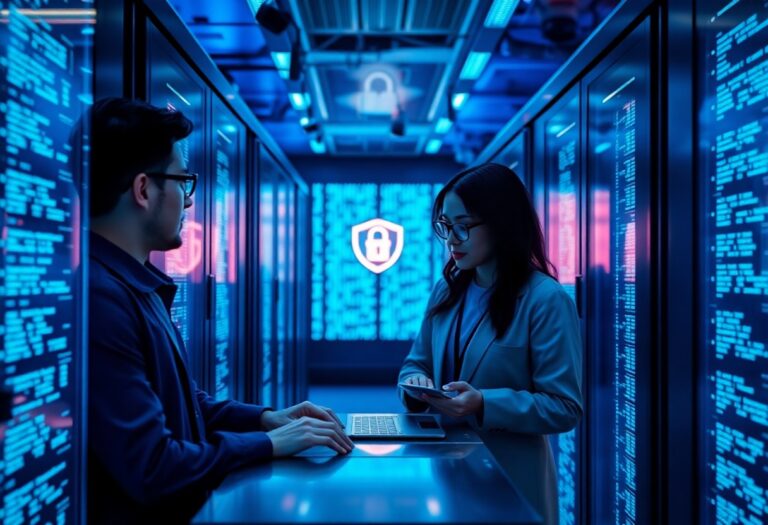“Smarter Security Starts with AI-Powered Threat Detection”
Understanding AI-Powered Threat Detection
AI-powered threat detection leverages Artificial Intelligence (AI) to identify, assess, and respond to cyber threats in real-time. Unlike traditional signature-based systems, which rely on predefined patterns to detect known threats, AI-based methods are capable of detecting novel and unknown threats by learning from vast datasets. These systems continuously evolve, allowing them to detect anomalies and suspicious behavior with far greater accuracy and speed.
Core Features of AI-Powered Threat Detection
- Anomaly Detection: Learns baseline behavior patterns of users, networks, and systems to identify deviations. For example, a login from two geographically distant locations within minutes.
- Behavior Analytics: Tracks user and device behavior over time to uncover patterns linked to potential threats, such as lateral movement or privilege escalation.
- Threat Intelligence (TI) Correlation: Automatically correlates internal telemetry with external threat intelligence feeds, such as known malicious IPs or malware indicators.
- Automated Incident Response (IR) Prioritization: Reduces alert fatigue by categorizing threats based on risk level, enabling security teams to focus on the most critical incidents.
- Natural Language Processing (NLP): Ingests unstructured data from sources like blogs, reports, and dark web forums to extract insights into emerging threats.
- Self-Learning and Adaptation: Continuously improves detection accuracy by retraining on new data, including previously misclassified threats.
Leading AI-Powered Threat Detection Tools
- Darktrace: Utilizes unsupervised machine learning to model network behavior and detect anomalies.
- Microsoft Defender for Endpoint: Employs AI to detect, investigate, and respond to endpoint threats automatically.
- Vectra AI: Specializes in detecting attacker behaviors such as Command & Control (C2), data exfiltration, and reconnaissance.
- CrowdStrike Falcon: Integrates AI with Endpoint Detection and Response (EDR) to provide comprehensive threat visibility.
Alignment with Cybersecurity Frameworks
- NIST Cybersecurity Framework (CSF): Supports functions like threat detection and incident response.
- MITRE ATT&CK Framework: Maps detected behaviors to ATT&CK tactics and techniques for better threat attribution.
- ISO/IEC 27001: Enhances compliance with standards like A.12.4 (Event Logging) and A.16 (Incident Management).
Challenges CIOs Must Navigate
Despite its benefits, integrating AI-powered threat detection presents challenges:
- Data Quality & Availability: Incomplete or noisy logs can hinder detection capabilities, as AI models are only as effective as the data they’re trained on.
- Integration with Legacy Systems: Older infrastructures (e.g., mainframes, SCADA) may not be easily compatible with modern AI platforms.
- Alert Fatigue vs. False Positives: Initial deployments can generate excessive alerts, overwhelming security operations centers (SOCs).
- Skill Gaps: Cybersecurity teams may lack the necessary AI/ML expertise, slowing implementation and reducing effectiveness.
- Explainability & Accountability: Black-box AI models can make it difficult for analysts to understand or justify incident response decisions.
What Every CIO Should Consider Before Investing
To ensure a successful deployment, CIOs should:
- Clarify Business Objectives: Begin with a thorough understanding of the organization’s specific security challenges and how AI can address them.
- Understand the Technology: Engage vendors in detailed discussions about how their AI models detect threats and minimize false positives.
- Assess Compatibility: Evaluate the interoperability of AI solutions with existing tools such as SIEM, SOAR, EDR, XDR, cloud services, and OT/ICS systems.
- Demand Measurable Results: Use real-world telemetry in Proof of Concept (PoC) testing to compare detection rates, false positive rates, and response times.
- Invest in Skill Development: Ensure the SOC and IT security teams are trained to interpret AI-generated alerts, manage behavior risk scores, and differentiate from traditional signature-based detection.
Conclusion
Selecting an AI-powered threat detection solution is a strategic, long-term investment. For CIOs, the decision should be guided by a rigorous evaluation of business needs, technological capabilities, and integration readiness. When done correctly, AI can transform cybersecurity operations—offering greater resilience, faster response, and smarter risk management.








